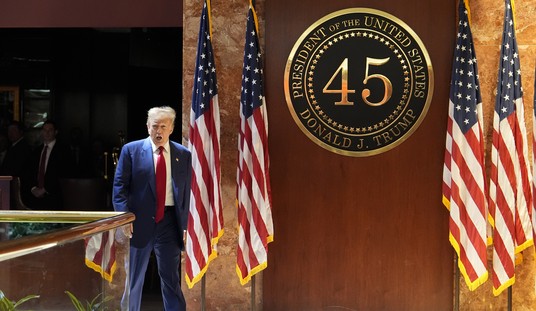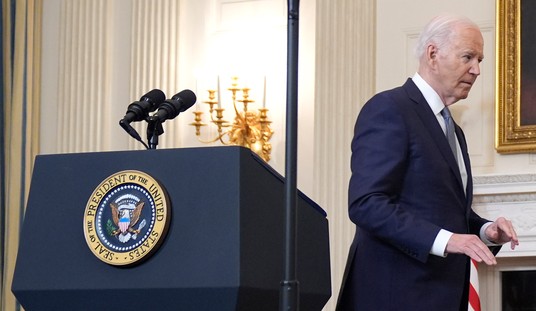John McCain and Barack Obama both gave speeches at the League of United Latin American Citizens convention in Washington, and in the 4,600 words they spoke between them didn't mention assimilation once.
Never mind that assimilation is the key to the historic success of American immigration. We all know how it classically works: An immigrant group comes to the U.S. with low levels of education and income, living in ethnic enclaves and clinging to its original culture; then, its children improve their socio-economic lot, and the children-of-the-children get even further ahead, until they are all doctors and lawyers living in the suburbs and recalling the culture of the homeland mainly during holidays or ethnic festivals.
But for the bulk of new Latino immigrants -- Mexican-Americans -- it's not working this way. In a book-length study called "Generations of Exclusion" based on extensive survey data of Mexican-Americans in Los Angeles and San Antonio beginning in 1965, UCLA sociologists Edward E. Telles and Vilma Ortiz paint an alarming picture of assimilation proceeding only haltingly and sometimes stalling out entirely.
Telles and Ortiz follow four generations of Mexican-Americans. Generally, they find clear progress from the first generation to the second, in educational attainment, income, and linguistic and cultural assimilation. Thereafter, progress gets slower and sometimes reverses.
Consider education. After big initial gains, according to Torres and Ortiz, "Mexican-American schooling remained fairly flat in succeeding generations." Education affects economic status. "Our findings show a consistent lack of economic progress across generations-since-immigration," Telles and Ortiz write, and "income and earnings for the fourth generation do not differ significantly from those of the second and third generation." The upshot is that "the income inequality between Mexican-Americans and other Americans worsened in most cases between 1970 and 2000."
Recommended
How about moving out of ethnic enclaves? "The children of the original respondents lived in neighborhoods that were even more Hispanic than the ones they grew up in," write Telles and Ortiz. High levels of immigration make residential integration more difficult, while weak educational attainment creates a trap for Mexican-Americans: it limits "their ability to move out of the barrio, which in turn further reduces other types of assimilation."
Over time, Mexican-Americans have more diverse friendships and intermarry more -- two other key indicators of assimilation. But the process is very gradual: "Assimilation in terms of social exposure is so slow that even in the fourth generation most Mexican-Americans continue to have Mexican-origin spouses, live in mostly Mexican neighborhoods, and have mostly Mexican-origin friends."
Telles and Ortiz are hardly right-wingers. They denounce immigration restrictionists as nativists, and blame the failures of assimilation on racism. But the logic of their analysis -- even if they flinch from the conclusion -- suggests that less immigration would promote assimilation "because opportunities for speaking Spanish, living in barrios, and marrying other persons of Mexican origin would diminish."
They propose a "Marshall Plan" for the public schools. Good luck. As Mark Krikorian points out in his book, "The New Case Against Immigration," pro-immigration conservatives have their own fantasy that the anti-assimilationist ideology of multiculturalism can be rapidly beaten back. Not likely. Here's a more attainable idea: If we have a population of Americans of Mexican origin who are having trouble getting a firm grasp on the rungs of upward mobility, the last thing we should be doing is importing poorly educated Mexicans to further overwhelm their schools, compete for their jobs and populate their neighborhoods with people even less poorly assimilated than they are.
The fate of Mexican-Americans is crucial to the country. In 1970, one out of every 70 children born had a Mexican immigrant mother; today it's one out of 10. No single foreign country has ever accounted for such a large share of births. Astonishingly, more than half of these mothers have not graduated high school.
For a frank discussion of any of this, don't look to John McCain or Barack Obama.

























Join the conversation as a VIP Member